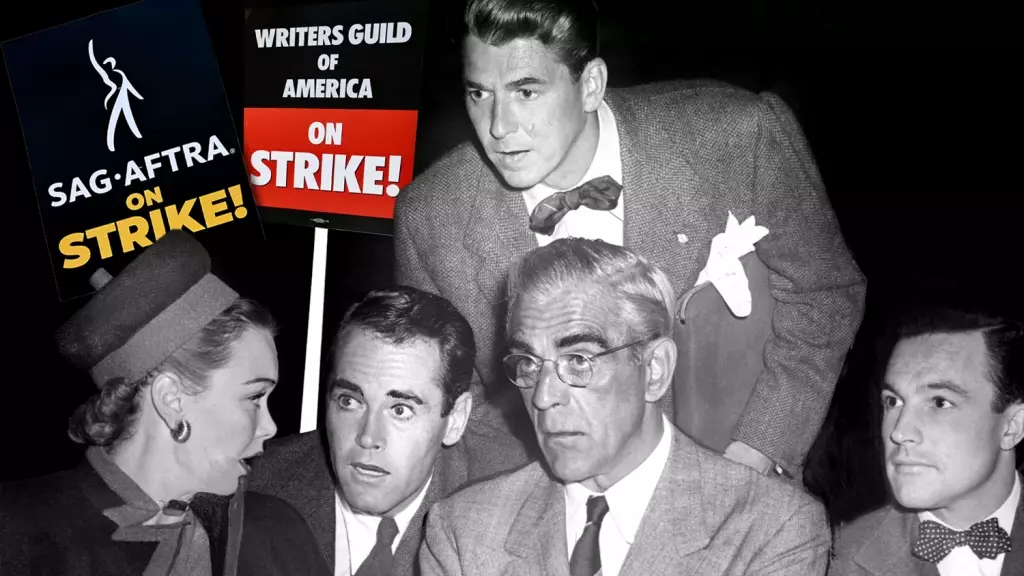Hollywood, known for its occasional miracles, finds itself once again in a perplexing situation as it searches for leadership. The industry’s structure and economics have become increasingly detached from its audience and the stock market, causing concern among industry leaders. The tech giants that now dominate Hollywood lack an understanding of the entertainment business, leaving industry veterans worried about the consequences of a long-term stoppage. The agendas of companies like Apple, Amazon, and Netflix do not align with those of traditional studio power players, further exacerbating the divide. While influential figures like Bob Iger and David Zaslav have attempted to ease tensions, conflicts over packaging fees and production entities have strained relationships. Hollywood’s search for leadership is more urgent than ever before.
The Power of Hit Films
Throughout history, Hollywood has witnessed miraculous turnarounds fueled by hit films. The upcoming lineup of highly anticipated movies, such as Tom Cruise’s latest Mission: Impossible installment, Oppenheimer, and Barbie, instills optimism among industry insiders. The success of these films could have a far-reaching impact beyond the box office. A major hit has the potential to reinvigorate a creative community that has been overshadowed by the dominance of streaming platforms. Hollywood veterans recall the transformative effect of movies like Titanic, which reversed a slump in the late ’90s, and indie hits like Midnight Cowboy and The Graduate, which defied expectations and revitalized the industry. Could a few blockbuster successes serve as a reminder of the miracles that Hollywood is capable of?
The Reagan Era: A Different Time
To understand the current search for Hollywood’s next miracle, it is crucial to examine the past. During the Reagan era, the industry faced its own challenges and looked to Ronald Reagan, then president of the Screen Actors Guild (SAG), for a solution. Reagan, despite his evolving political beliefs, took on the task with determination. He successfully resolved the labor crisis of 1960, putting the industry back to work. The leaders of that time, who had grown up together in the industry, understood the obstacles they faced. The box office was declining, and antitrust regulators demanded that studios divest from the distribution business. Additionally, Hollywood stars were advocating for residuals, a new concept at the time. Reagan’s mission as SAG president was to convince the studios that residuals were essential for future peace. This led to negotiations with influential figures like Lew Wasserman, who served as Reagan’s agent before becoming the president of Universal. The dialogue between Reagan and Wasserman, both members of the Hollywood club, resulted in compromises that benefited both parties. However, the underlying motivation behind these negotiations extended beyond residuals and distribution structures; it involved long-term political support and funding.
In today’s Hollywood, the landscape is vastly different. The cast of characters has changed, and their motivations have evolved. The industry faces new challenges, and the need for strong leadership is more pressing than ever. The search for Hollywood’s next miracle continues, with industry insiders hoping that a few hit films could reignite the creative community. However, the current conditions make the path to a miracle more uncertain. The ongoing strikes by writers and actors threaten to stifle any potential resurgence, forcing stars to remain on the sidelines and festivals to suffer. As Hollywood navigates these turbulent waters, it remains to be seen who will step up to provide the leadership needed to guide the industry towards its next miracle.

